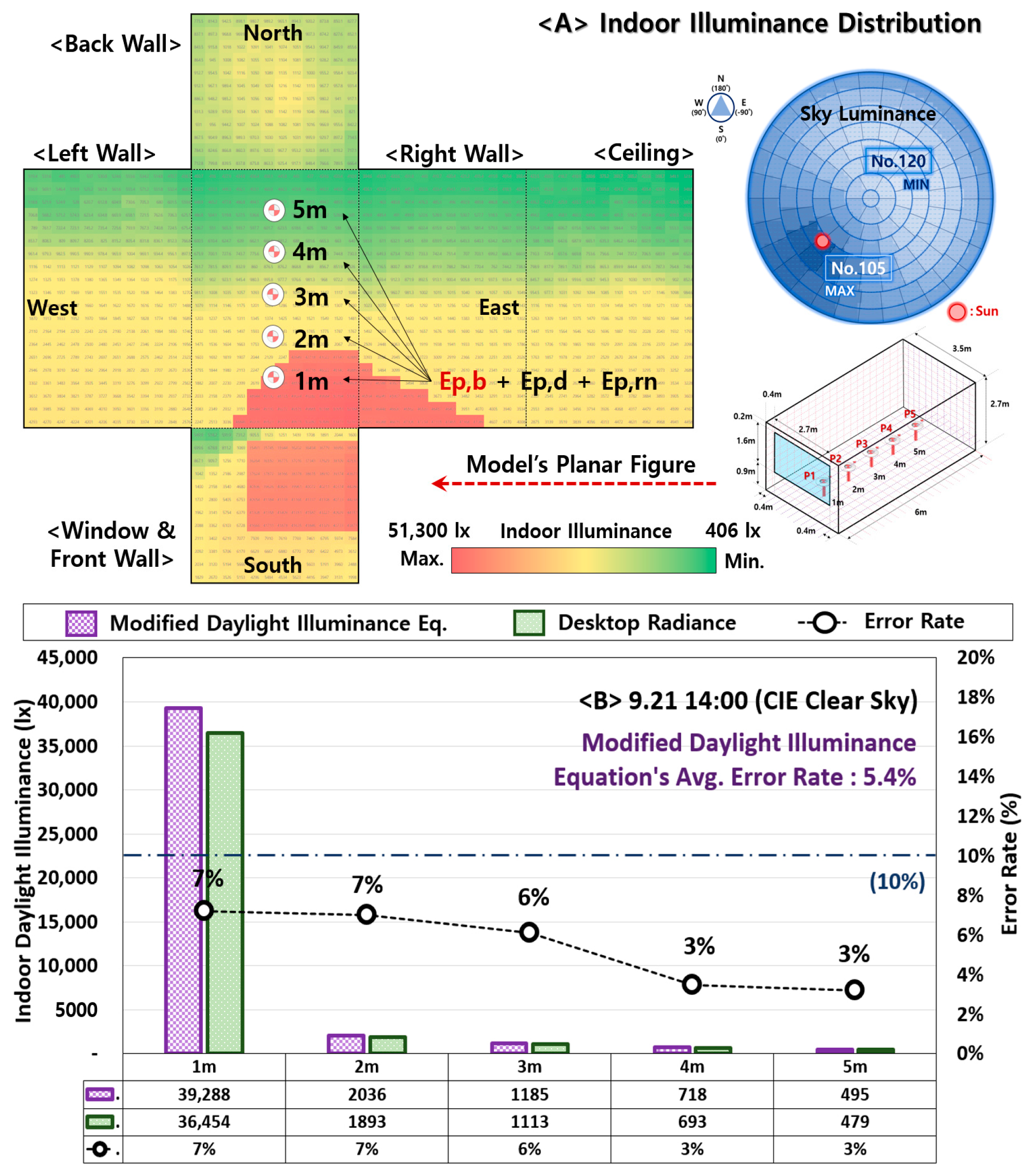
In this context, the type of visual task plays an important role.

Nevertheless, both approaches are today considered to be correct. The two approaches differ in that small changes in illuminance have different effects on visual performance. Luckiesh took the approach of examining recognition accuracy, whereas Weston performed experiments on detection speed under different lighting conditions. Then, as now, visual performance was defined by the speed and accuracy of processing visual information. Their studies significantly contributed to the establishment of illuminance values for the workplace. The most important approaches to quantify visual performance originated in the 1930s by Weston and Luckiesh. Visual performance enables employees to see what needs to be seen for the execution of the work task. As a result, the ocular surface dries out more than usual, which may lead to visual fatigue and eye disorders. Scientific investigations show that humans reduce their blinking rate when the level of lighting is low. For example, if illuminance levels are too low when demanding visual tasks have to be performed, this may affect visual comfort. Visual discomfort is also regarded as a cause for sick building syndrome.

Symptoms indicating visual discomfort include visual fatigue, eye disorders, migraine or headaches (asthenopic complaints). In addition to the effects of lighting on visual performance, work performance and accident occurrence, bad lighting conditions can also cause visual discomfort. Apart from illuminance levels that are too low, the failure of artificial general lighting can also cause accidents. According to other sources, the share of accidents attributable to lighting lies between 30% and 50%. The quality criteria that need to be taken into account for good lighting quality are outlined in section 2.įigure 1: Number of accidents for different industrial tasks as a function of the lighting level (Figure according to study according to )Īlready in the year 1910, 200 American accident inspectors analysed 91,000 accidents, and observed that some 23.8% of the accidents were attributable to lighting. It should, however, be considered that it is not only the illumination level that plays a role in accident prevention, but rather all aspects of lighting quality. Workplaces with low visual requirements where the guidelines recommend illuminance levels of 50-250lx are particularly affected (Figure 1). The illuminance level determines the amount of light that covers a surface and is measured in lux so at low levels, stumbling, slipping and falling are the most frequent types of accidents. Most of the accidents occur in areas with a low illuminance level. Although, in general, accidents occur due to multicausal reasons, it is a well-accepted fact that many occupational accidents could be avoided by means of adequate lighting. This is reflected in higher work performance, lower error rates and reduced accident occurrences. In addition to effects on visual performance, the improvement of lighting also has an effect on productivity.

Although the risks of biologically effective lighting have not yet been sufficiently investigated, employers are increasingly furnishing their workplaces with cool white lighting (blue-enriched light).Įffects of light Visual effects of light OverviewĪny visual task requires a certain level of lighting in order to be performed in a quick and safe way. Activating these light-sensitive cells with blue light (biologically effective lighting) increases attention and has an influence on physiological functions of the body. The reason for this is the discovery of previously unknown light-sensitive cells (photoreceptors) in the human eye.

In addition to classical aspects like visual performance, visual comfort, work performance and accident occurrences, so-called non-visual effects are becoming a focus of occupational safety. Therefore, lighting equipment should be designed and installed in such a way that it effectively and comfortably illuminates the work task and the working environment. The sooner and easier hazards can be detected the easier it is to avoid them. High lighting quality improves work performance and reduces accident occurrences. From the classical perspective, lighting aids visual performance and visual comfort. Lighting conditions in workplaces are of significant importance in respect of occupational safety and health.


 0 kommentar(er)
0 kommentar(er)
